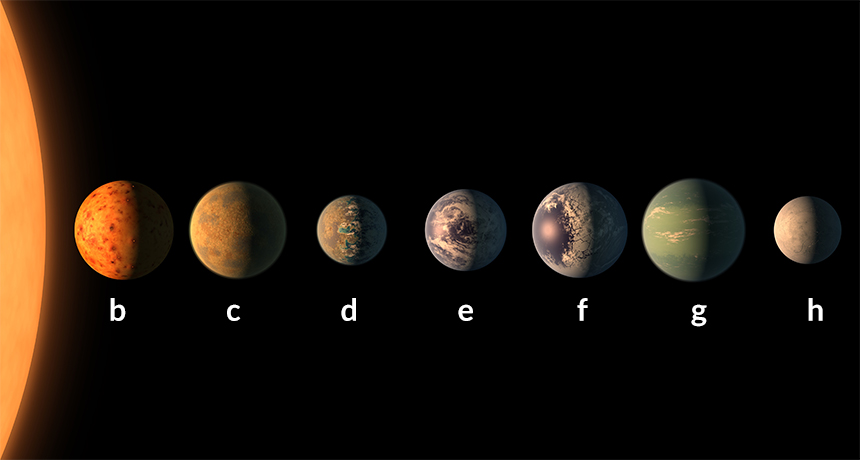
PLANETARY LINEUP Seven Earth-sized planets orbit the star TRAPPIST-1 with short periods, from 1.5 to 20 Earth days. This artist’s illustration shows potential differences in the planets’ surfaces and sizes.
JPL-Caltech/NASA
- More than 2 years ago
A nearby ultracool star harbors seven Earth-sized planets, three with orbits that potentially put them in a habitable zone. That makes the system, around a star called TRAPPIST-1, a prime target in the search for signs of alien life. Its discovery also hints that many more cousins of Earth may be out there than astronomers thought.
“It’s rather stunning that the system has so many Earth-sized planets,” says Drake Deming, an astronomer at the University of Maryland in College Park. It seems like every stable spot where a planet could be, there is an Earth-sized one. “That bodes well for finding habitable planets,” he says.
Michaël Gillon, an astrophysicist at University of Liège in Belgium, and colleagues announced last year that they had found three Earth-sized planets around TRAPPIST-1, an ultracool dwarf star previously called 2MASS J23062928−0502285 (SN: 05/28/16, p. 6). The star, about the size of Jupiter and much cooler than the sun, is 39 light-years from Earth in the constellation Aquarius. Follow-up observations with ground-based telescopes and the Spitzer Space Telescope now reveal that the third planet is actually four additional Earth-sized ones, three of which could be habitable. If those planets have Earthlike atmospheres, they may even have liquid water oceans on their surfaces, Gillon and colleagues report online February 22 in Nature. Data also revealed signs of a seventh outer planet in the system.
All seven planets were detected by watching how their star dims as the planets pass in front of it from Earth’s vantage point. Calculations of the amount of starlight blocked by each transit indicates that all seven have roughly the same radius as Earth. These dips in starlight can also reveal how fast the planets orbit the star: The innermost one makes a round trip in 1.5 Earth days, while it takes the outermost one about 20 days.
Story continues below slideshow
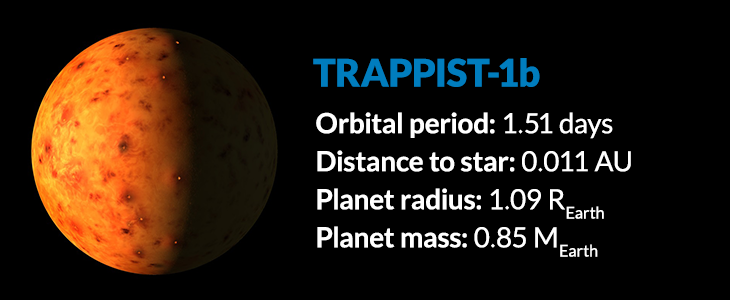
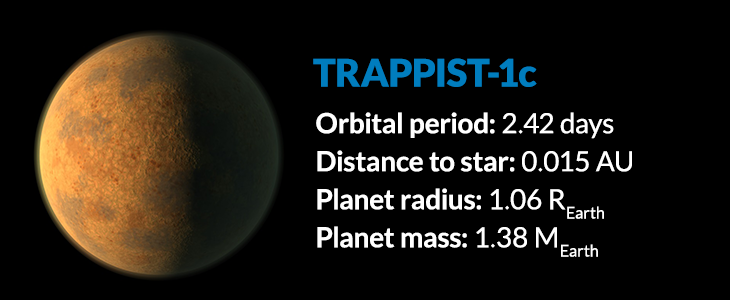
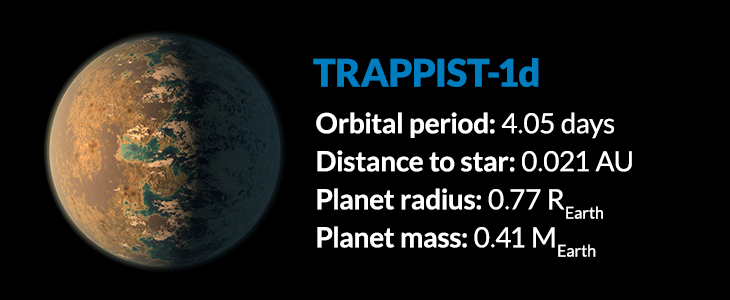
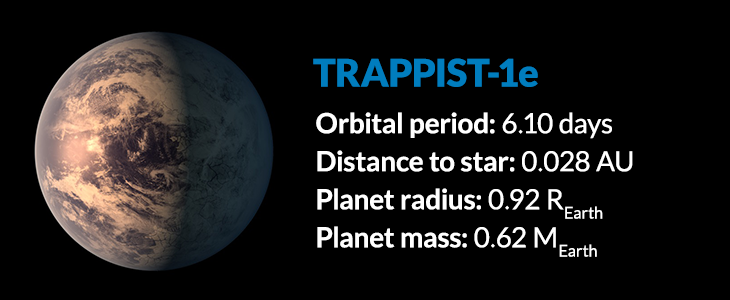
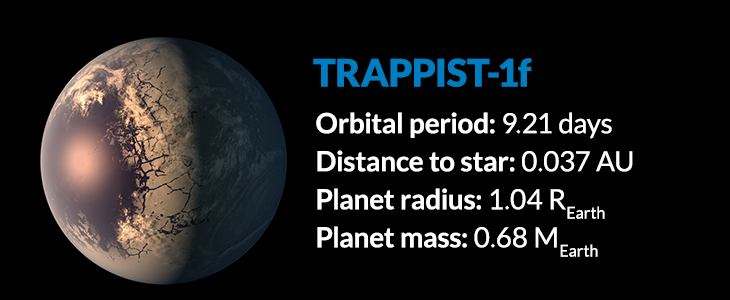
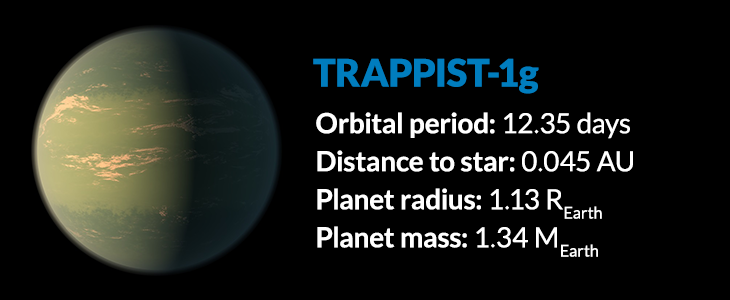
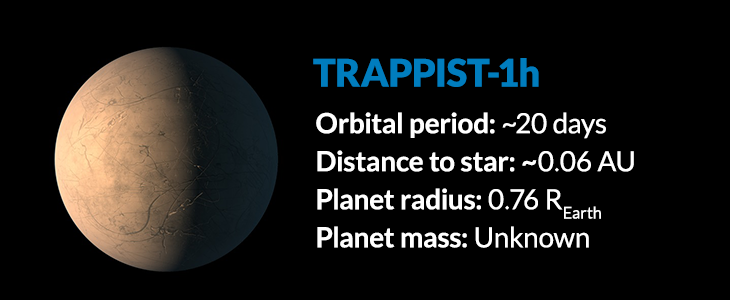
To calculate the planets’ masses, which range from about half to 1.5 times that of Earth, researchers looked at the way the six inner planets tug on each other. The mass and size data together then allowed the team to calculate the planets’ densities, suggesting that the inner six are rocky.
The length of each planet’s day may sync with its stellar orbit, so the innermost planet’s day lasts 1.5 Earth days and the outermost planet’s day lasts about 20 Earth days. That’s like Earth rotating once in 365 days instead of in 24 hours. Such a spin means the same side of a planet faces the star throughout the planet’s orbit, giving it a day side and a night side. Astronomers feared that would make the planets too hot on the day side and too cold on the night side to be habitable. But if they have Earthlike atmospheres, TRAPPIST-1e, TRAPPIST-1f and TRAPPIST-1g would be warm enough all over to have liquid water, making them ripe for life. The seventh planet, TRAPPIST-1h, is probably icy, Gillon says, maybe like Jupiter’s moon Europa.
EARTH’S COUSINS Detecting seven Earth-sized planets orbiting an ultracool dwarf star is exotic. This video describes some of the data collected to make the discovery and what the analyses are revealing about these foreign worlds. JPL-Caltech/NASA |
Finding these seven planets suggests that Earth cousins may be more common than expected. “We are on the right angle to see this system and its Earth-sized planets,” says Deming, who was not involved in the study. “For every system we see, there are dozens more that we don’t.” Stars like TRAPPIST-1 with Earth-sized planets are probably not rare, he notes. If they were, it would have taken many more observations to find them. The fact that Gillon and colleagues’ pilot project to study ultracool dwarfs spotted planets so quickly indicates that it may be the norm for these stars to harbor planets similar to Earth.
Studying the atmospheres of such planets could reveal if they have life, especially if gases such as methane and oxygen are detected. It could be possible to study the planets’ atmospheres with the Hubble Space Telescope or its successor, the James Webb Space Telescope, slated to launch in 2018. Deming is cautious, however, about how easy these atmospheric studies of the planets will be. Ultracool dwarfs’ starlight can vary, he notes. There are also atmospheric effects from the stars that astronomers don’t yet understand. Both could make it difficult to decipher what gases are in the planets’ atmospheres.
Didier Queloz, a study coauthor and an astronomer at the University of Cambridge, is a bit more optimistic. “We have no idea what these planets look like now. They could be wet or dry. We just don’t know,” he says. “But for the first time since the first exoplanet was discovered 25 years ago, we may be able to answer the question about life beyond our solar system.”







